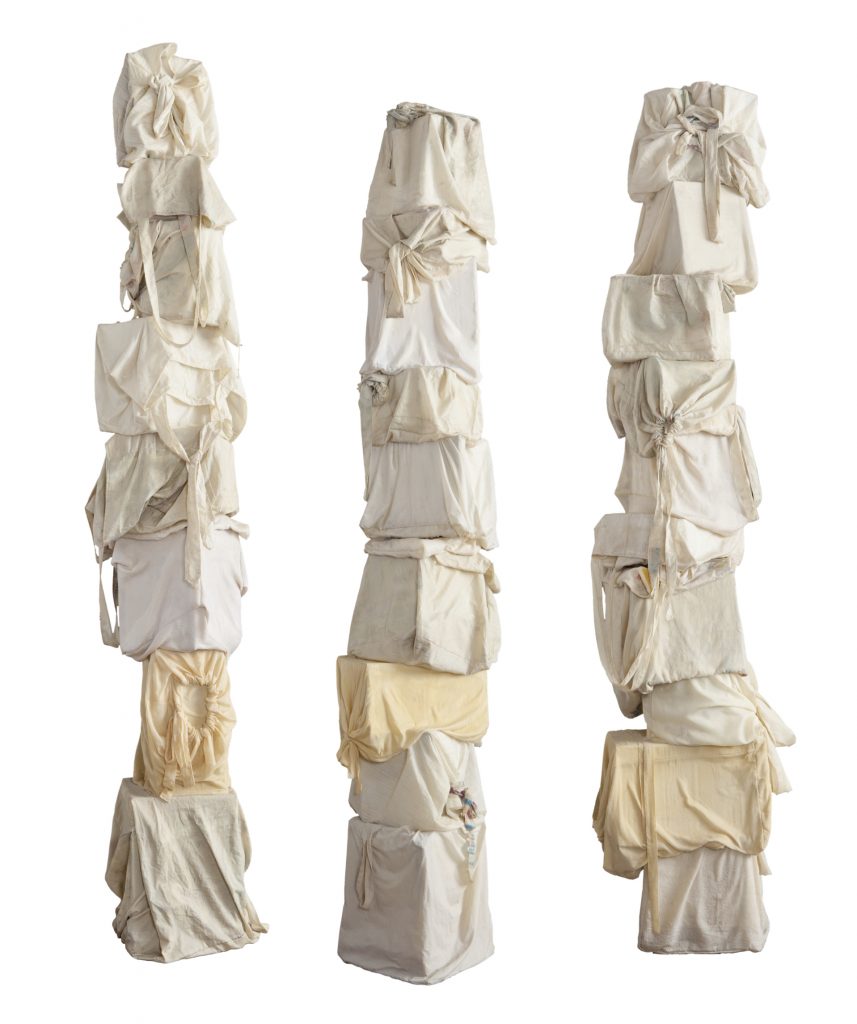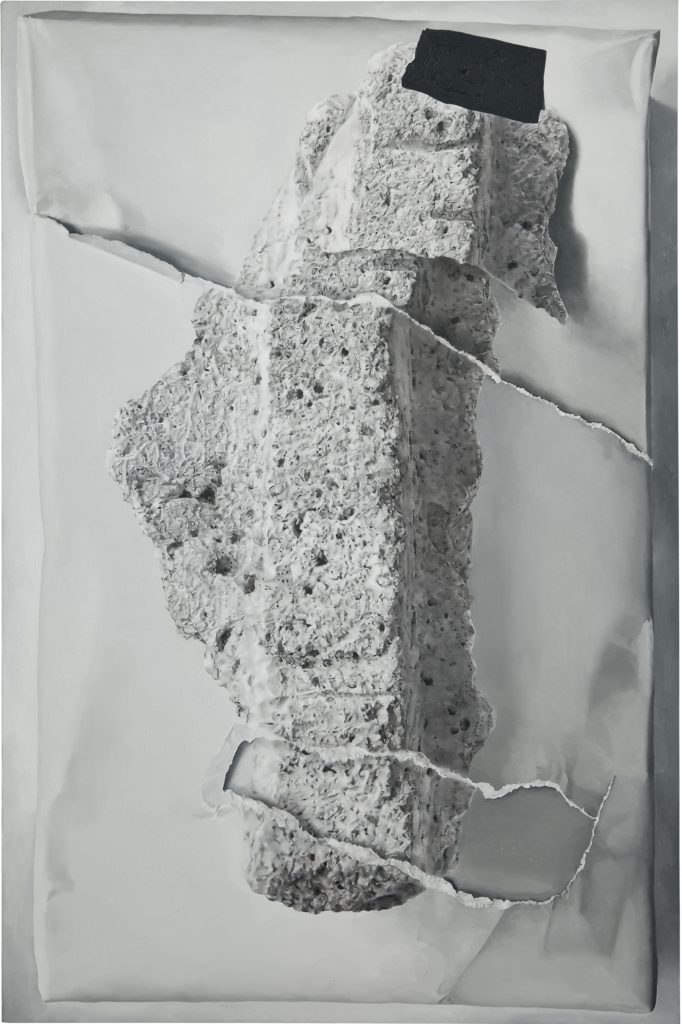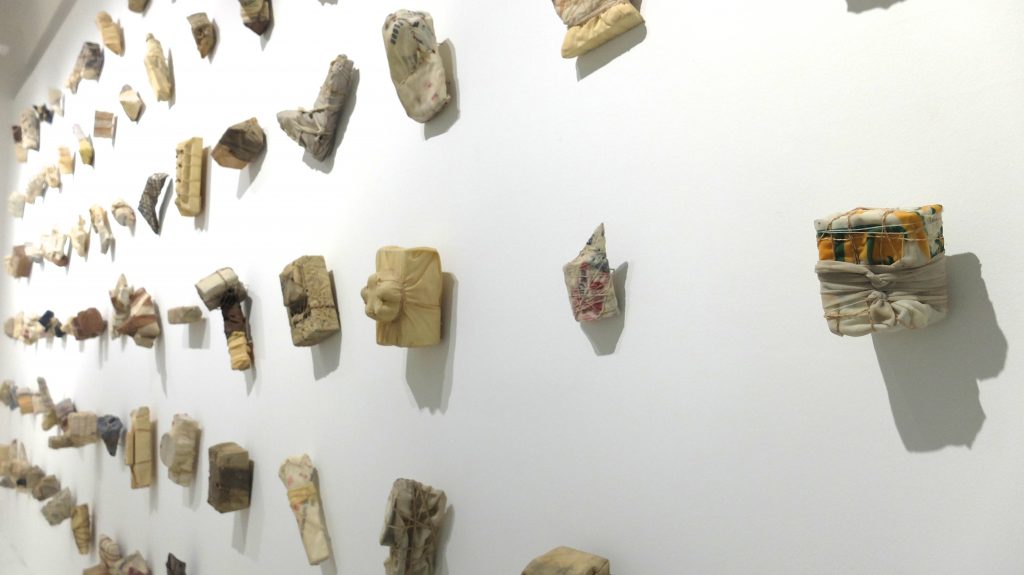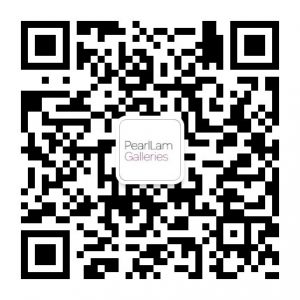22 November, 2014–8 January, 2015
²hide
José Santos III solo exhibition
Singapore
Overview
Singapore—Pearl Lam Galleries is pleased to present 2hide, a major body of new work by Filipino artist José Santos III. This new series creates a heightened awareness of everyday objects by imbuing them with expanded meaning and new associations, It is a specific, interrogatory and novel engagement with the duality of interiority and exteriority embedded in commonplace objects.
Santos is known for presenting works that contradict the order of reality under a convincing veneer of naturalism. The works in this new series reflect the forays into a diversity of techniques and processes that Santos has engaged in over the past half-decade. Assemblage of objects, photography, digital intervention, deconstruction of the printed image, collage and painting are amongst the avenues through which Santos has fleshed out expanded possibilities in image-making in recent years, picking up on a thread of interest in the eloquence of inanimate objects from early in the artist’s career. 2hide marks the germination of these earlier seeds of interest.
The dictionary definition format of the exhibition’s title, 2hide, plays on the twofold meaning of the word hide in its varying and at times overlapping usages; as a verb, describing the act of concealing something from open view, and as a noun, describing a skin that acts as a protective exterior surface. In these contexts, ‘inside’ and ‘outside’ do not merely alternate, but are at times simultaneous.
The subject matter of this body of work consists of ordinary objects that routinely go unnoticed. They are things of the everyday; things that have been thrown away; things that we know very well, indeed, that we know inside-out. It is for this precise reason that Santos has selected them in his work, re-situating them in a visual vocabulary of images we routinely encounter and subconsciously store. Through representation and re-presentation, a heightened awareness of everyday objects is experienced, illuminating how our perception of these objects is colored by the value (or lack thereof) we imbue them with – and how the nature of their objecthood is, in turn, tempered by our perception. Here, a renewed appreciation for the unimportant is evoked – the trivial that otherwise goes hidden from our view.






